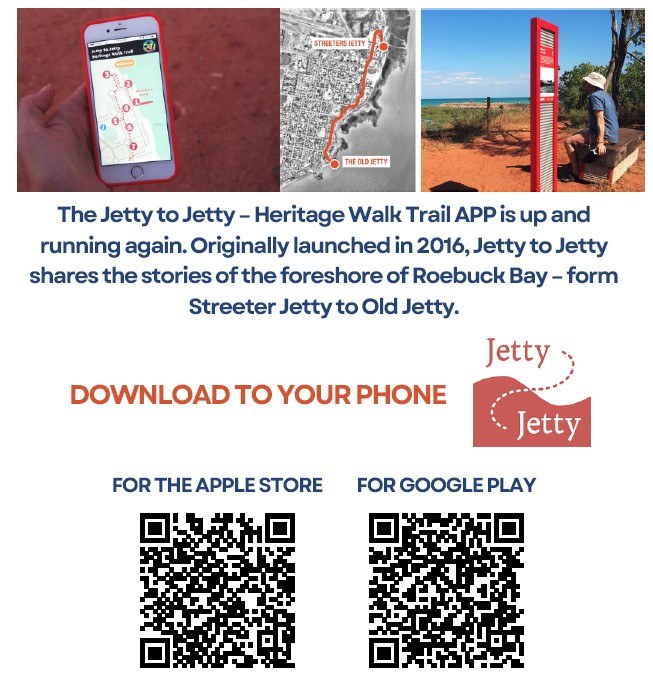
Salty Plum Social
We design and host unique and fun small bar walking tours around Broome. We run our small bar walking tour in the evening and our big art walking tour in the morning, both of these tours are in the historic Chinatown precinct. One a week on Tuesdays…






















